
Tell your friends about this item:
Great Expectations
Charles Dickens
Ordered from remote warehouse
Also available as:
- Paperback Book (2008) $ 10.49
- Paperback Book (2003) $ 10.49
- Paperback Book (2014) $ 11.49
- Paperback Book (2025) $ 11.99
-
Paperback Book150th Anniversary edition(2009) $ 13.49
-
Paperback BookPenguin Classics Deluxe edition(2011) $ 14.49
- Paperback Book (2015) $ 15.99
-
Hardcover BookD edition(2012) $ 16.99
- Paperback Book (2014) $ 16.99
- Paperback Book (2017) $ 16.99
- Paperback Book (2017) $ 16.99
-
Paperback BookReprint edition(2012) $ 18.99
- Paperback Book (2017) $ 18.99
- Hardcover Book (2025) $ 19.49
- Paperback Book (2015) $ 20.49
- Hardcover Book (2024) $ 20.99
- Paperback Book (2018) $ 21.49
- Book (2016) $ 21.49
- Paperback Book (2017) $ 22.49
- Paperback Book (2016) $ 22.49
- Paperback Book (2013) $ 22.49
- Paperback Book (2020) $ 22.49
- Paperback Book (2020) $ 23.49
- Paperback Book (2016) $ 23.49
- Paperback Book (2018) $ 23.99
Great Expectations
Charles Dickens
Publisher Marketing: "Great Expectations" is the classic novel by Charles Dickens that traces the life of an orphan named Pip. The novel begins on Christmas Eve 1812 where we find a seven year old Pip as he encounters an escaped convict in the cemetery where Pip's family is buried. Pip lives with his abusive older sister, and her husband Joe Gargery, a blacksmith, whom Pip works for as an apprentice. A wealthy spinster, Miss Havisham, encourages a friendship between Pip and her adopted daughter Estella. When Pip receives a large sum of money from an anonymous benefactor, whom he assumes to be Miss Havisham, he leaves for London to become a gentleman. Soon after Estella arrives in London and Pip, who is in love with the girl, escorts her about the town. When it is discovered that Miss Havisham is not the anonymous benefactor, a series of events is set in motion with tragic consequences. At the center of the novel is a complicated set of themes that can be simplified by the idea that the affection of love and loyalty of friendship are more important than aspirations for wealth and to a higher social class. This edition is printed on premium acid-free paper, includes a preface by G. K. Chesterton, and an introduction by Andrew Lang. Contributor Bio: Dickens, Charles Charles Dickens (1812-1870) is one of the most acclaimed and popular writers of all time. His many works include the classics The Old Curiosity Shop, Oliver Twist, Nicholas Nickleby, Barnaby Rudge, A Christmas Carol, A Tale of Two Cities, David Copperfield, Great Expectations, Bleak House, Hard Times, Our Mutual Friend, The Pickwick Papers and many more. Contributor Bio: Lang, Andrew Andrew Lang (31 March 1844 - 20 July 1912) was a Scots poet, novelist, literary critic, and contributor to the field of anthropology. He is best known as a collector of folk and fairy tales. The Andrew Lang lectures at the University of St Andrews are named after him. Contributor Bio: Chesterton, G K GK Chesterton was born in London in 1874 and educated at St Paul s School, before studying art at the Slade School. In 1896, he began working for the London publisher, Redway, and also T. Fisher Unwin as a reader where he remained until 1902. During this time he undertook his first freelance journalistic assignments, writing art and literary reviews. He also contributed regular columns to two newspapers: The Speaker (along with his friend Hilaire Belloc) and the Daily News . Throughout his life he contributed further articles to journals, particularly The Bookman and The Illustrated London News . His first two books, poetry collections, were published in 1900. These were followed by collections of essays and in 1903, and his most substantial work to that point, a study of Robert Browning . Chesterton's first novel, 'The Napoleon of Notting Hill' was published in 1904. In this book he developed his political attitudes in which he attacked socialism, big business and technology and showed how they become the enemies of freedom and justice. These were themes which were to run throughout his other works. 'The Man who was Thursday' was published in 1908 and is perhaps the novel most difficult to understand, although it is also his most popular. 'The Ball and the Cross' followed in 1910 and 'Manalive' in 1912. Chesterton's best-known fictional character appears in the Father Brown stories, the first of the collection, 'The Innocence of Father Brown', being published in 1911. Brown is a modest Catholic priest who uses careful psychology to put himself in the place of the criminal in order to solve the crime. His output was prolific, with a great variety of books from brilliant studies of Dickens, Shaw, and RL Stevenson to literary criticism. He also produced more poetry and many volumes of political, social and religious essays. Tremendous zest and energy, with a mastery of paradox, puns, a robust humour and forthright devotion along with great intelligence characterise his entire output. In the years prior to 1914 his fame was at its height, being something of a celebrity and seen as a latter day Dr Johnson as he frequented the pubs and offices of Fleet Street. His huge figure was encased in a cloak and wide brimmed hat, with pockets full of papers and proofs. Chesterton came from a nominally Anglican family and had been baptized into the Church of England. However, at that point he had no particular Christian belief and was in fact agnostic for a time. Nevertheless, in his late twenties he began to explore the possibility of a religious belief for himself, which he then discovered already existed as orthodox Christianity. In 1896, he had also met Frances Alice Blogg, marrying in 1901. She was a devout Anglican and her beliefs strengthened his Christian convictions. In 1922 he converted to Catholicism and he explores his belief in many works, the best known of which is 'Orthodoxy', his personal spiritual odyssey. In some ways, 'Orthodoxy' was an answer to earlier criticisms received after the 1905 publication of 'Heretics', which was a collection of studies of the then contemporary writers. The complaint was made that Chesterton discussed these writers attitudes to life, but offered nothing in respect of himself. He was an ebullient character, absent-minded, but quick-witted and will be remembered as one of the most colourful and provocative writers of his day. G. K. Chesterton died in 1936.
| Media | Books Paperback Book (Book with soft cover and glued back) |
| Released | June 16, 2015 |
| ISBN13 | 9781420951363 |
| Publishers | Digireads.com |
| Pages | 384 |
| Dimensions | 140 × 216 × 22 mm · 485 g |
| Language | English |
More by Charles Dickens
Others have also bought
More from this series
See all of Charles Dickens ( e.g. Paperback Book , Hardcover Book , Book , CD and Audiobook (CD) )


















![Cover for Charles Dickens · A Tale of Two Cities (Collector's Edition) (Laminated Hardback with Jacket) (Hardcover Book) [Collector's edition] (2024)](https://imusic.b-cdn.net/images/item/original/217/9781998621217.jpg?charles-dickens-2024-a-tale-of-two-cities-collector-s-edition-laminated-hardback-with-jacket-hardcover-book&class=scaled&v=1733771629)
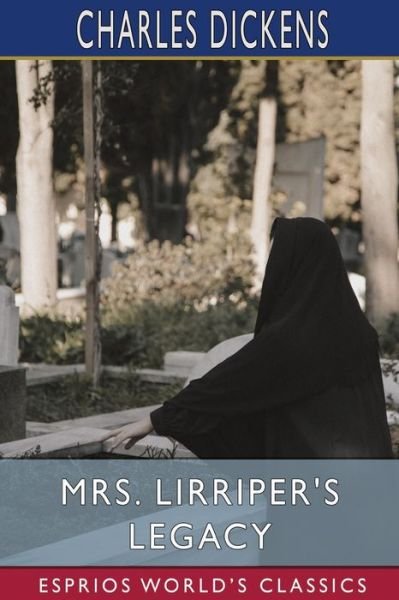
![Cover for Charles Dickens · A Christmas Carol & Other Stories (Collector's Edition) (Illustrated) (Laminated Hardback with Jacket) (Hardcover Book) [Collector's edition] (2024)](https://imusic.b-cdn.net/images/item/original/071/9781998621071.jpg?charles-dickens-2024-a-christmas-carol-other-stories-collector-s-edition-illustrated-laminated-hardback-with-jacket-hardcover-book&class=scaled&v=1736813759)


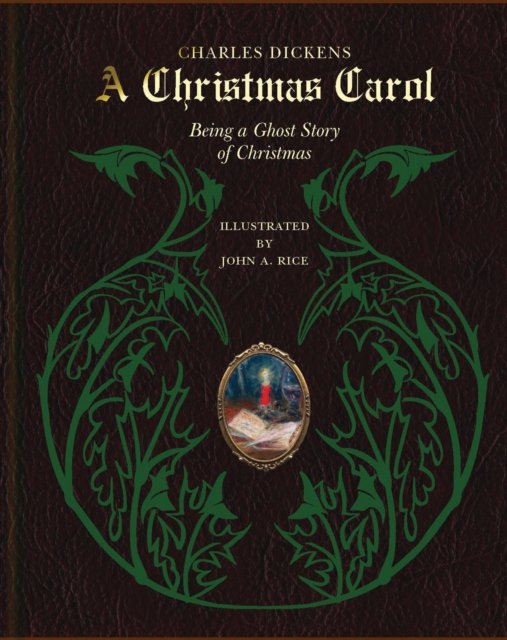







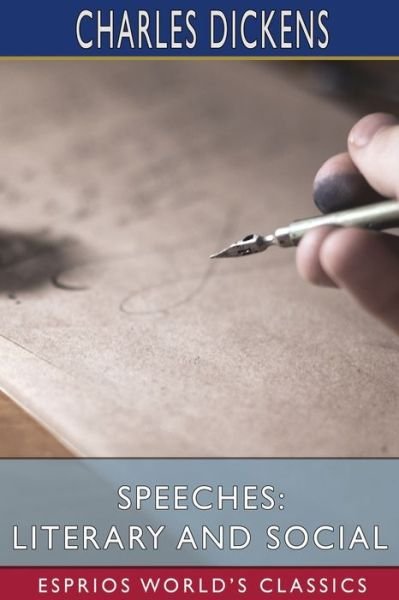

![Cover for Franz Kafka · Amerika (Sewn Spine Book) [4th edition] (2014)](https://imusic.b-cdn.net/images/item/original/506/9788702118506.jpg?franz-kafka-2014-amerika-sewn-spine-book&class=scaled&v=1398164145)

![Cover for Tine Wøbbe · Kort & godt: Kort & godt om PSYKOPATI (Sewn Spine Book) [1st edition] (2024)](https://imusic.b-cdn.net/images/item/original/916/9788771586916.jpg?tine-woebbe-2024-kort-godt-kort-godt-om-psykopati-sewn-spine-book&class=scaled&v=1713200056)
![Cover for Linda Lehun · Musikbogen (Paperback Book) [1st edition] (2016)](https://imusic.b-cdn.net/images/item/original/063/9788759891063.jpg?linda-lehun-2016-musikbogen-paperback-book&class=scaled&v=1486719785)
![Cover for Dian Hanson · The New Erotic Photography - Bibliotheca Universalis (Hardcover Book) [Multilingual edition] (2017)](https://imusic.b-cdn.net/images/item/original/715/9783836526715.jpg?dian-hanson-2017-the-new-erotic-photography-bibliotheca-universalis-hardcover-book&class=scaled&v=1490369714)
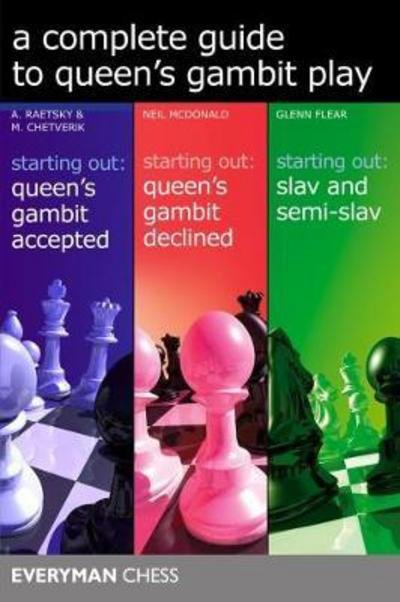

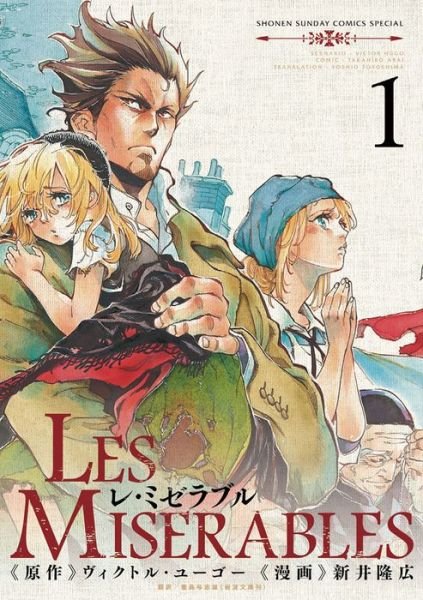
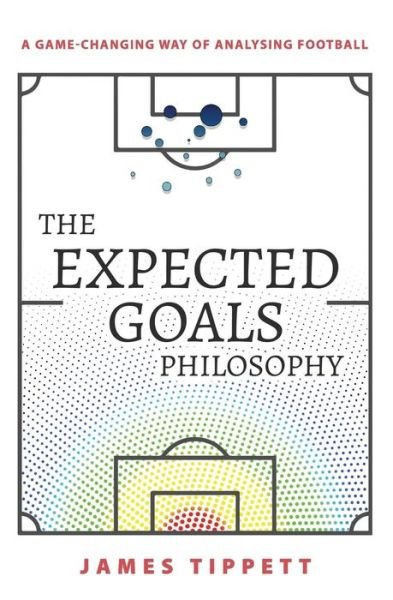
![Cover for Margaret Mitchell · Borte med blæsten (Sewn Spine Book) [1st edition] (2021)](https://imusic.b-cdn.net/images/item/original/344/9788772313344.jpg?margaret-mitchell-2021-borte-med-blaesten-sewn-spine-book&class=scaled&v=1612078221)
![Cover for Gasolin' · The Black Song Book (Bound Book) [1st edition] [Indbundet] (2008)](https://imusic.b-cdn.net/images/item/original/810/9788770553810.jpg?gasolin-2008-the-black-song-book-bound-book&class=scaled&v=1604675503)
![Cover for James Joyce · Ulysses (Bound Book) [1st edition] [Indbundet] (2014)](https://imusic.b-cdn.net/images/item/original/584/9788763814584.jpg?james-joyce-2014-ulysses-bound-book&class=scaled&v=1412192648)
![Cover for Jesper Wung-Sung · To ryk og en aflevering (Sewn Spine Book) [3rd edition] (2009)](https://imusic.b-cdn.net/images/item/original/996/9788763811996.jpg?jesper-wung-sung-2009-to-ryk-og-en-aflevering-sewn-spine-book&class=scaled&v=1341784896)


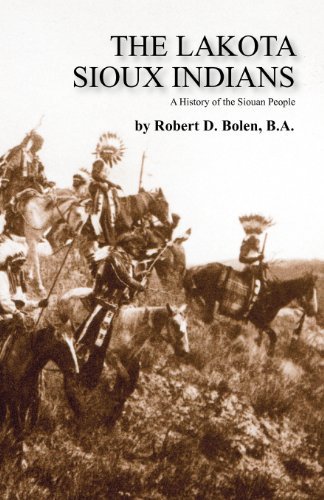
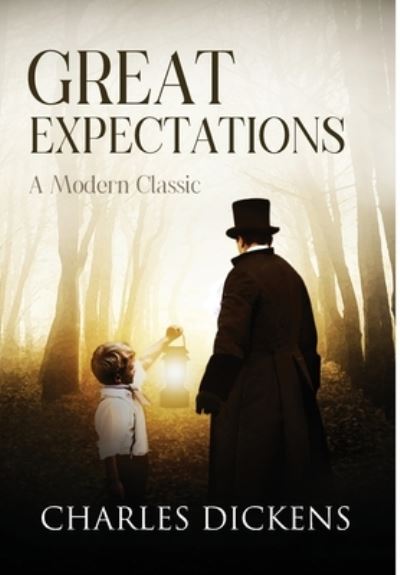
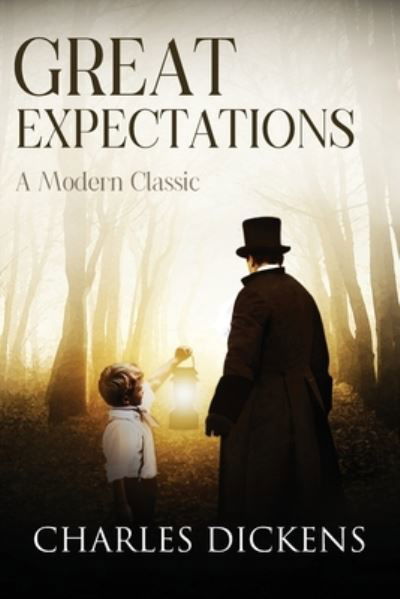
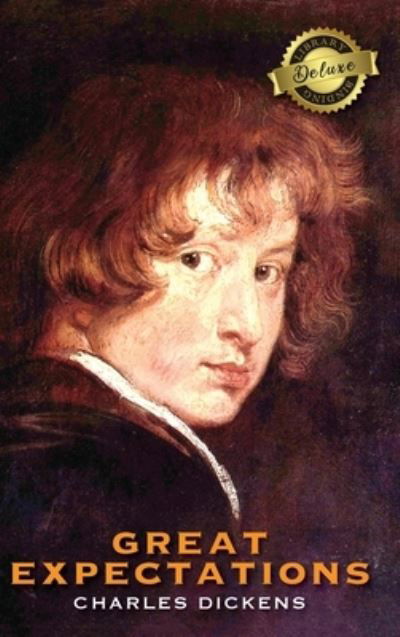
![Cover for Charles Dickens · Great Expectations (Puffin Classics) (Paperback Book) [Reprint edition] (2012)](https://imusic.b-cdn.net/images/item/original/356/9780142423356.jpg?charles-dickens-2012-great-expectations-puffin-classics-paperback-book&class=scaled&v=1410120303)
![Cover for Charles Dickens · Great Expectations (Royal Collector's Edition) (Case Laminate Hardcover with Jacket) (Hardcover Book) [Royal Collector's edition] (2020)](https://imusic.b-cdn.net/images/item/original/857/9781774760857.jpg?charles-dickens-2020-great-expectations-royal-collector-s-edition-case-laminate-hardcover-with-jacket-hardcover-book&class=scaled&v=1644169353)
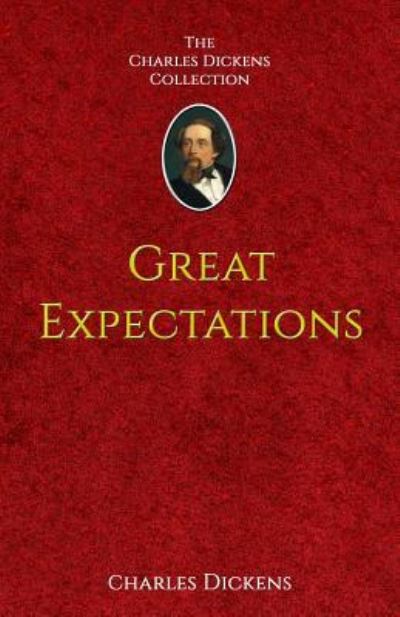
![Cover for Charles Dickens · Great Expectations - A Stepping Stone Book (Paperback Book) [Random House Bullseye Books edition] (1996)](https://imusic.b-cdn.net/images/item/original/669/9780679874669.jpg?charles-dickens-1996-great-expectations-a-stepping-stone-book-paperback-book&class=scaled&v=1405785800)
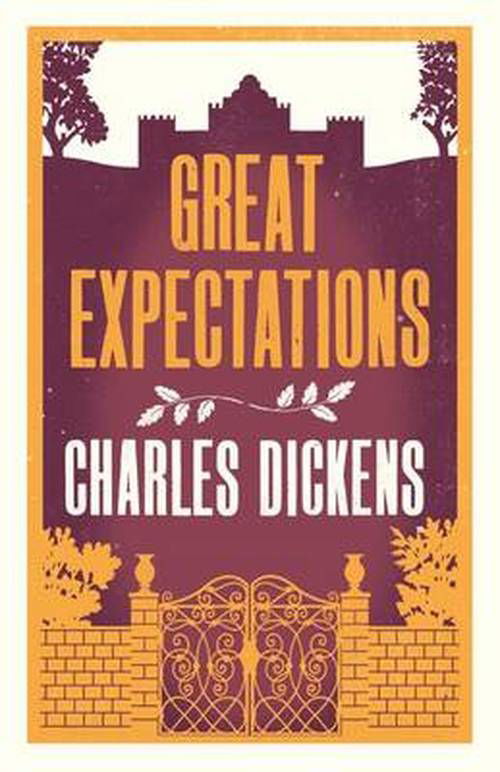
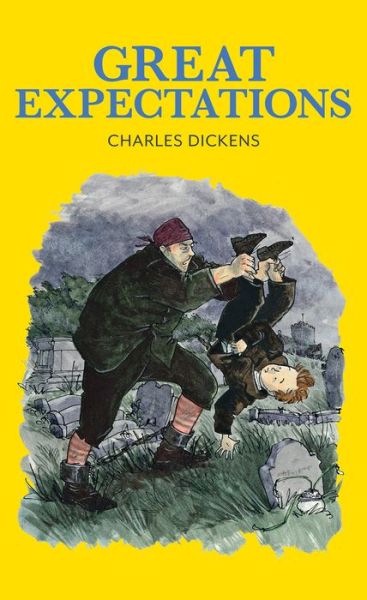
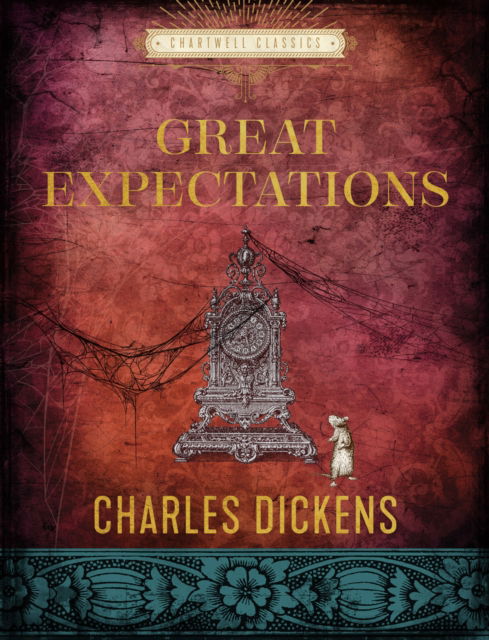
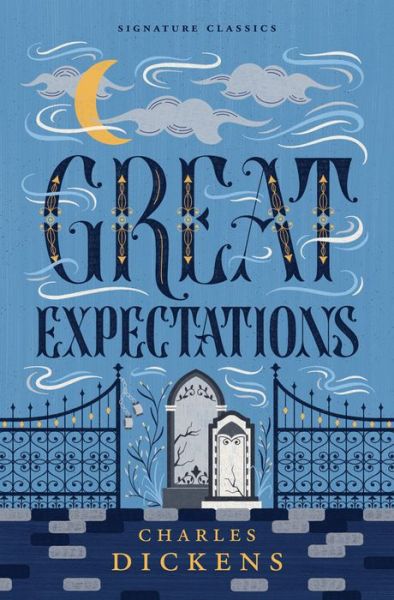
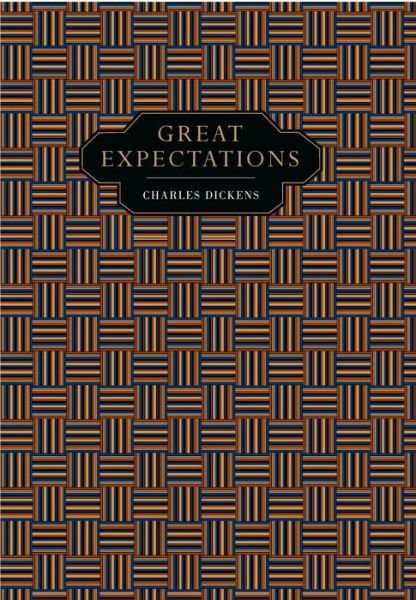
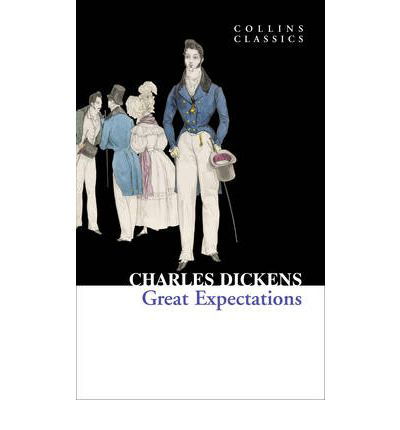
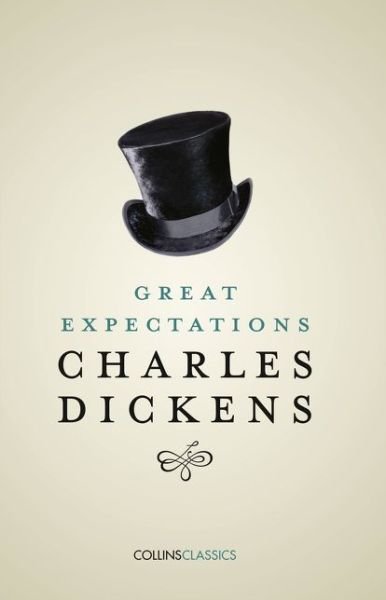
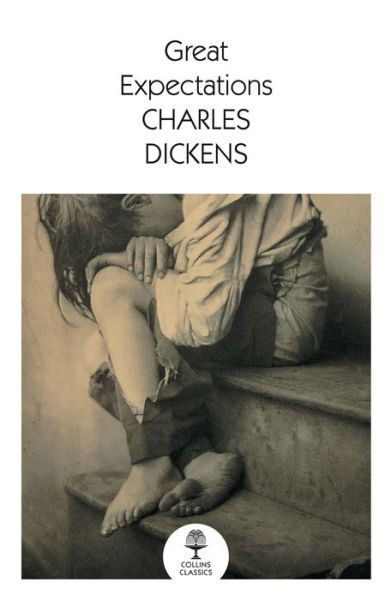

![Cover for Charles Dickens · Great Expectations - Flame Tree Collectable Classics (Hardcover Book) [New edition] (2019)](https://imusic.b-cdn.net/images/item/original/048/9781787557048.jpg?charles-dickens-2019-great-expectations-flame-tree-collectable-classics-hardcover-book&class=scaled&v=1566498095)
![Cover for Charles Dickens · Great Expectations - Macmillan Collector's Library (Hardcover Book) [New edition] (2016)](https://imusic.b-cdn.net/images/item/original/363/9781509825363.jpg?charles-dickens-2016-great-expectations-macmillan-collector-s-library-hardcover-book&class=scaled&v=1472670268)
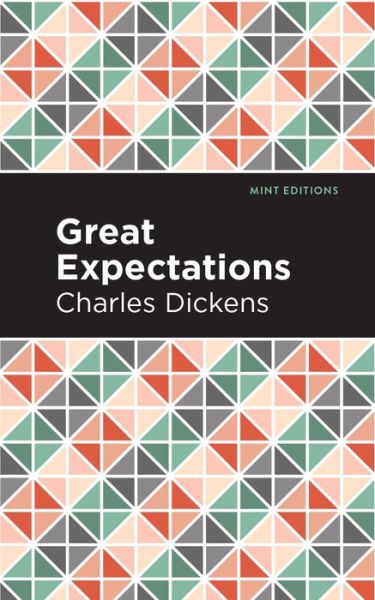
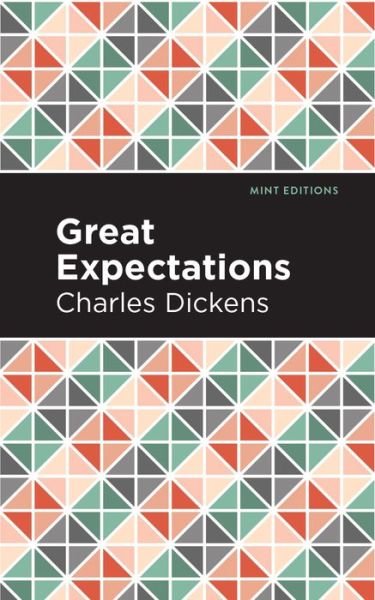
![Cover for Charles Dickens · Great Expectations - NHB Modern Plays (Paperback Book) [RSC stage version edition] (2005)](https://imusic.b-cdn.net/images/item/original/905/9781854598905.jpg?charles-dickens-2005-great-expectations-nhb-modern-plays-paperback-book&class=scaled&v=1395135866)

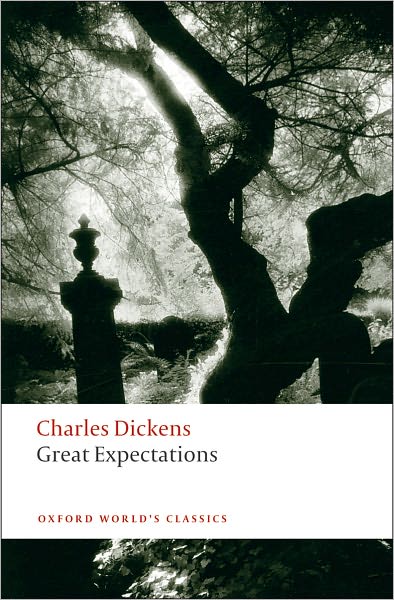
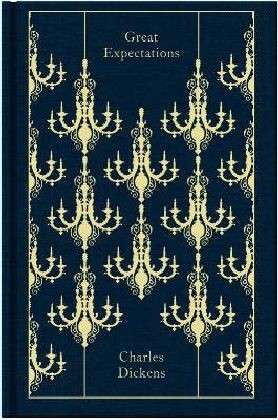
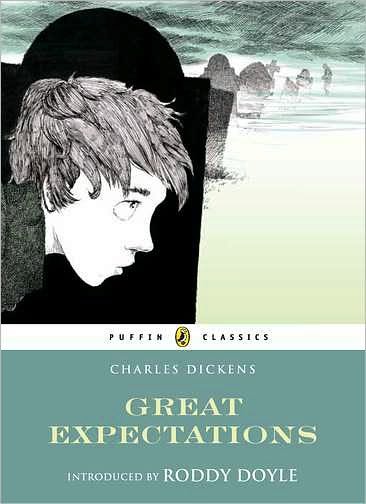

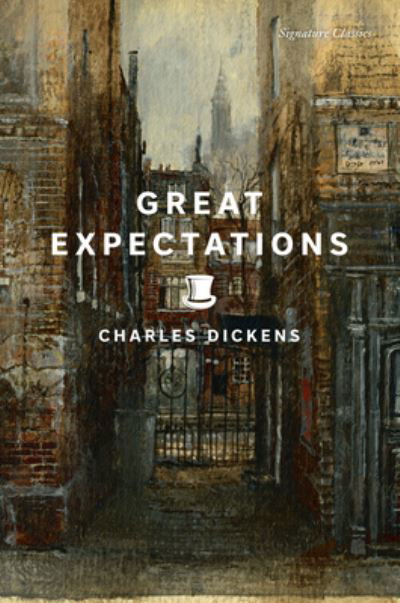

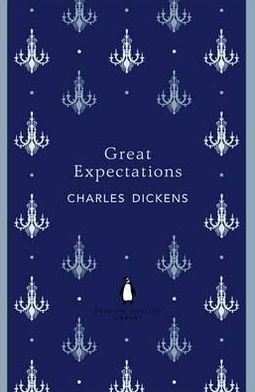
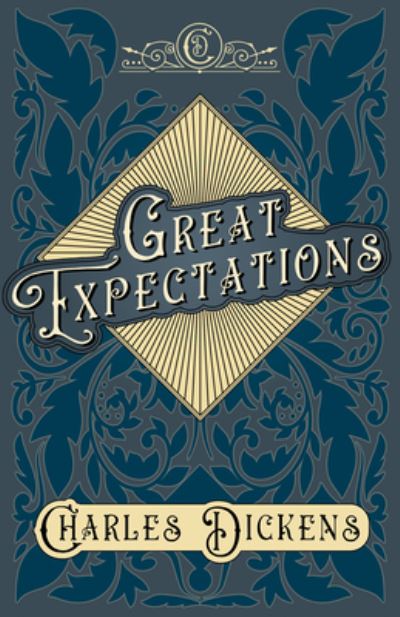
![Cover for Charles Dickens · Great Expectations - Wordsworth Classics (Paperback Book) [Paperback] (1992)](https://imusic.b-cdn.net/images/item/original/049/9781853260049.jpg?charles-dickens-1992-great-expectations-wordsworth-classics-paperback-book&class=scaled&v=1393503459)